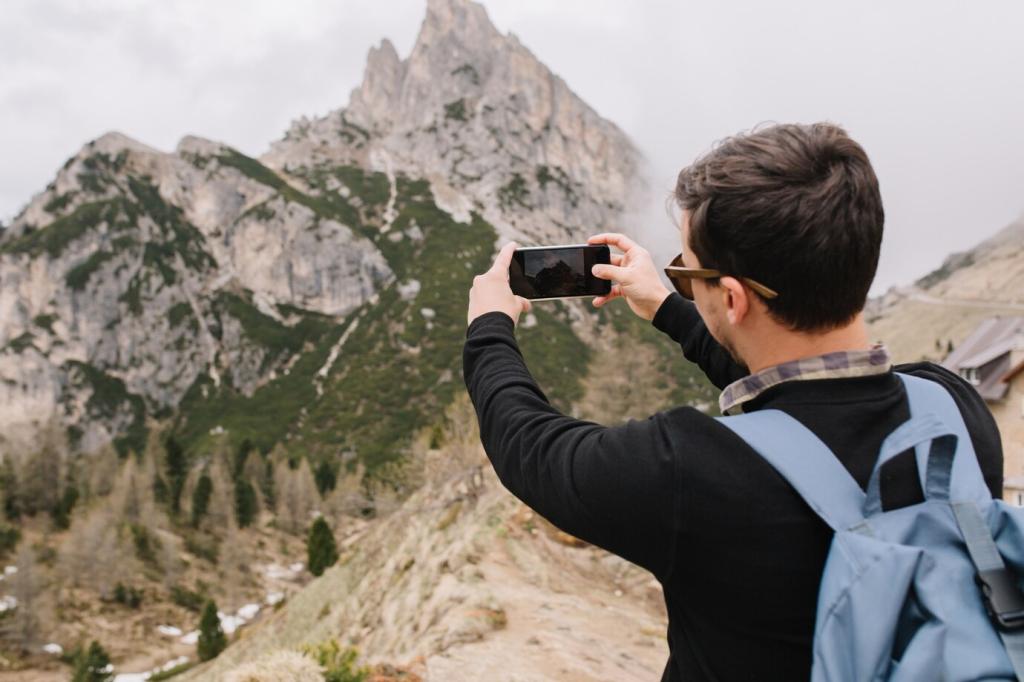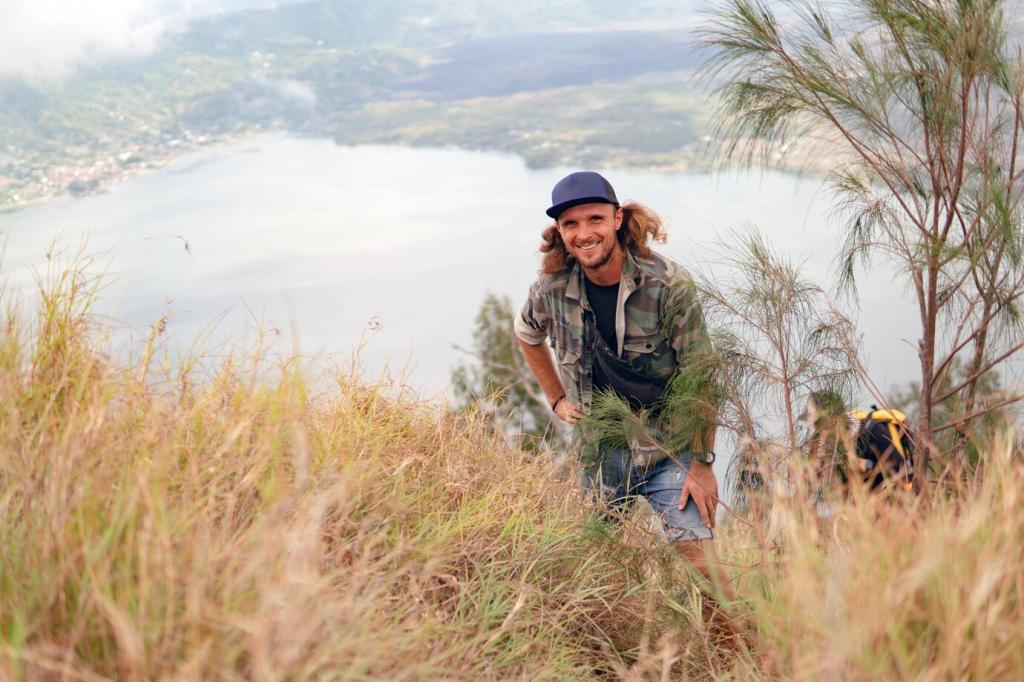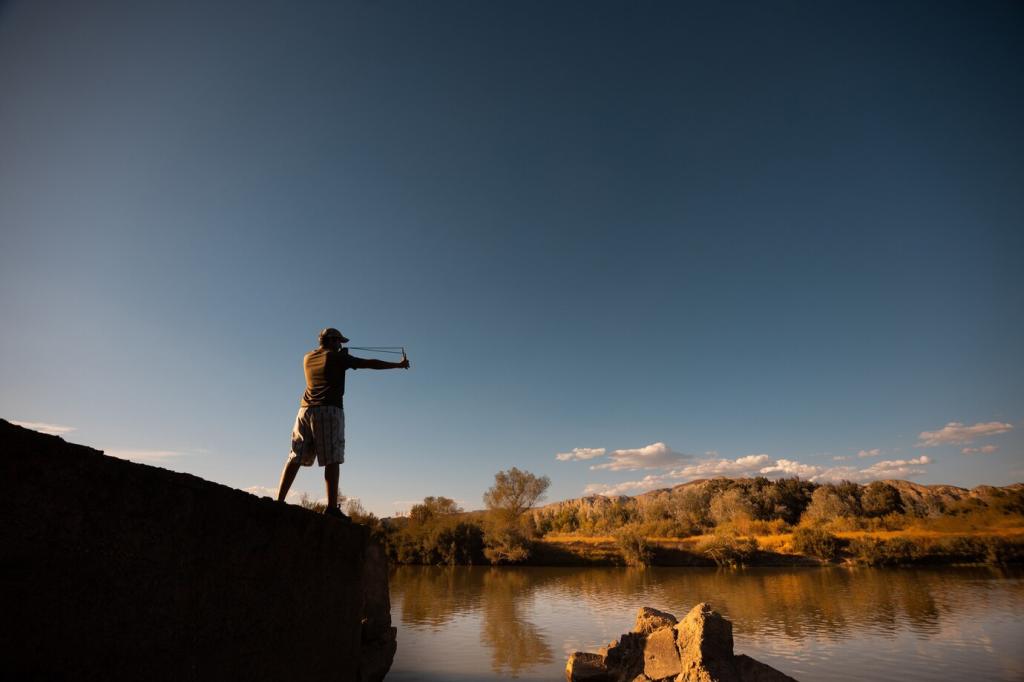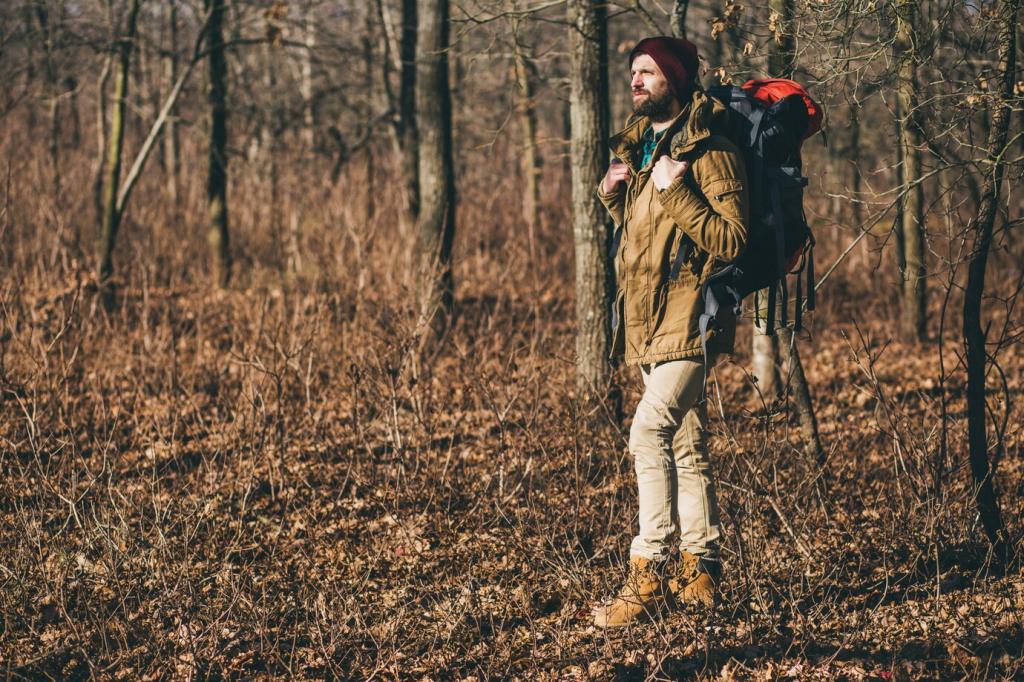Essential Gear for National Park Photography
Chosen theme: Essential Gear for National Park Photography. From fog-laced valleys to star-piercing desert nights, the right kit turns awe into images that last. Explore trail-tested essentials, learn from real backcountry moments, and share your own packing wisdom so we can refine the ultimate national park photo checklist together.

The Camera Body That Can Handle the Backcountry
Resolution versus Speed in Wild Places
High-resolution sensors reveal granite textures and distant ridgelines, while fast burst rates capture elk sprinting at twilight. Balance both by choosing a body that offers flexible RAW sizes and robust buffers, so you can pivot from sweeping panoramas to fleeting wildlife without missing a decisive, irreproducible moment.
Weather Sealing, Durability, and Confidence
Magnesium alloy frames, gasketed doors, and sealed buttons matter when grit swirls at the canyon rim. After a surprise hail squall in Bryce, a sealed body kept shooting while others hid in packs. That peace of mind invites creative risk, letting you stay out as conditions grow dramatic and photogenic.
Silent Shutters and Low-Light Performance
Electronic shutters protect fragile dawn stillness near nesting birds, while clean high-ISO files preserve subtle color in shadowed forests. On a foggy Shenandoah morning, shooting silently at ISO 6400 kept warblers calm and detail intact. Pair this with in-body stabilization to stretch exposures without sacrificing sharpness.

Lenses for Vistas and Wildlife
01
An ultra-wide prime or zoom reveals the scale of granite walls and foreground wildflowers, and shines for Milky Way arcs. Fast apertures help during blue-hour compositions at Glacier Point, letting stars pop while keeping ISO manageable. Mind corner sharpness and carry a small level to keep horizons honest.
02
A 24–70mm or 24–105mm stays on the camera most of the day, framing trailside portraits, layered ridges, and environmental wildlife. During a windy afternoon in Canyonlands, this lens let us react quickly as clouds opened, delivering contrasty light without constant lens changes that invite dust onto delicate sensors.
03
A 100–400mm or 150–600mm keeps safe distances while filling the frame with behavior and detail. On Yellowstone’s northern range, a teleconverter turned distant pronghorn into compelling subjects, all while honoring park guidelines. Prioritize lenses with effective stabilization and a rotating collar for quick switches between portrait and landscape orientation.
Tripods, Heads, and Stability in the Elements
Choosing the Right Legs for the Terrain
Carbon fiber dampens vibration and keeps weight down on long climbs, while aluminum shrugs off budget concerns. Look for twist locks you can operate with gloves, and consider spiked feet for sand or ice. A hook under the apex lets you hang a pack for extra stability when gusts threaten sharpness.
Heads That Enable Precise Framing
Ball heads are quick, but geared heads excel at horizon-critical scenes. For sweeping panoramas above Zion’s canyons, a panning clamp with marked degrees made stitching painless. Whatever you choose, practice before the trip, so your fingers find controls instinctively when sunrise color flowers for only a minute.
Field Hacks for Real-World Stability
A small beanbag steadies lenses on fence rails, and a trekking pole monopod handles tight switchbacks. In slot canyons, spreading legs low and wedging against rock minimizes vibration. If you forget the tripod plate, a reusable zip tie around a strap lug creates a brace that tames micro-shake.
Filters: Sculpting Light Without a Laptop
A polarizer cuts water glare so river stones glow, deepens skies, and tames leaf sheen after rain. Rotating it along the Merced revealed submerged textures that a flat file could never restore later. Keep a microfiber cloth handy; a damp, clean filter beats hours of post-production rescue work.

A lightweight rain cover, lens hood, and absorbent microfiber cloth give you minutes that others lose to drizzle. During a sudden Zion downpour, a simple cover let us keep composing as ephemeral waterfalls formed. Pack silica gel packs to fight condensation when moving between air-conditioned cars and humid trailheads.

Bags and Carry Systems for Long Days Out
Choose a pack with a real frame, hip belt, and breathable back panel. Side or back-panel access keeps gear reachable without dumping everything on dusty ground. After switching to a better fit in Rocky Mountain National Park, we gained an extra mile of energy for chasing alpenglow reflections.


Bags and Carry Systems for Long Days Out
A chest-mounted clip or padded strap spreads weight and speeds reactions when light breaks. On steep talus, a sling kept the camera tight to the body, preventing swinging that throws you off balance. Share your favorite carry combo below so others can refine their setups before their next big trip.
